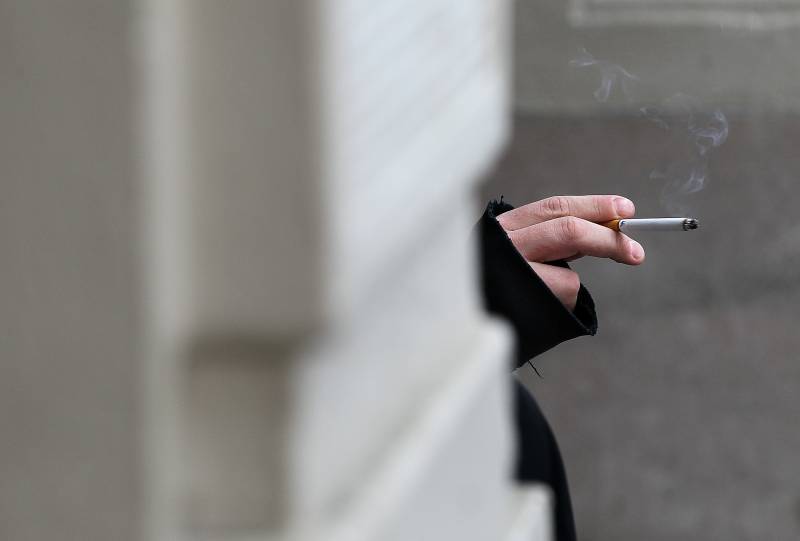Calls to the helpline were actually down 27.5% in March, as compared to the same month last year — a drop counselors attribute mainly to people feeling too stressed out to consider quitting. Nonetheless, they say some callers are referencing the coronavirus and the utter upheaval of the stay-at-home order as their inspiration to quit.
“I spoke with a gentleman last week who is seriously taking this time to reorganize his life,” said Nallely Espina, a counselor with the helpline. “He’s setting a new routine for himself at home and staying away from his smoker friends, which was one of his main triggers.”
Another smoker, in his mid-20s, was prompted to call after he read a news article about how young people who smoke could have more severe health complications if they contract the virus, she said.
About half of Espina's callers are using the time at home to revamp their habits, starting yoga, meditation and eating a healthier diet, she said. But the other half are supremely frazzled, being trapped inside with their families.
Espina helped one dad come up with some new coping strategies.
“Going outside and having that cigarette, it’s his time out from the kids,” she said. “So for him, we decided let's still go outside, but instead of having a cigarette, maybe you spend those minutes doing a few pushups and burpees. And he loved that idea, he went for it.”
California public health agencies are incorporating information about the link between smoking and the coronavirus into their social media and public outreach messages, building on a 30-year legacy of aggressive anti-smoking campaigns and policies.
California was the first state to ban smoking on airplanes and in restaurants and bars, and over the years has added numerous other public spaces to that list, making smoking logistically difficult and culturally unpopular. As a result, it has the second-lowest smoking rate in the country — 11.3% of the population — after Utah, where Mormon values are attributed with keeping smoking to 8.9%.
Pondering Smoking’s Role in Spread and Severity
While health advocates are nudging smokers to quit, some researchers are also pondering whether California’s low-smoking rate will have any impact on how the state fares through the pandemic.
“It’s a really great question,” said Ruth Malone, a professor emerita of nursing at UCSF, who has studied tobacco control for 20 years. “Smokers do much worse if they contract the virus, which is not too surprising given that it attacks lung tissue. There is also some new research suggesting that it might even promote transmission because of the particular pathways that it hooks onto.”
Proving a correlation would require sophisticated modeling to isolate smoking as a risk factor from the many other factors that seem to contribute to the geographic differences in the spread and severity of the virus. Some of those factors include population density, when the virus was introduced into a community and the timing of mitigation measures, like shelter-in-place orders, which California was the first state to institute.

